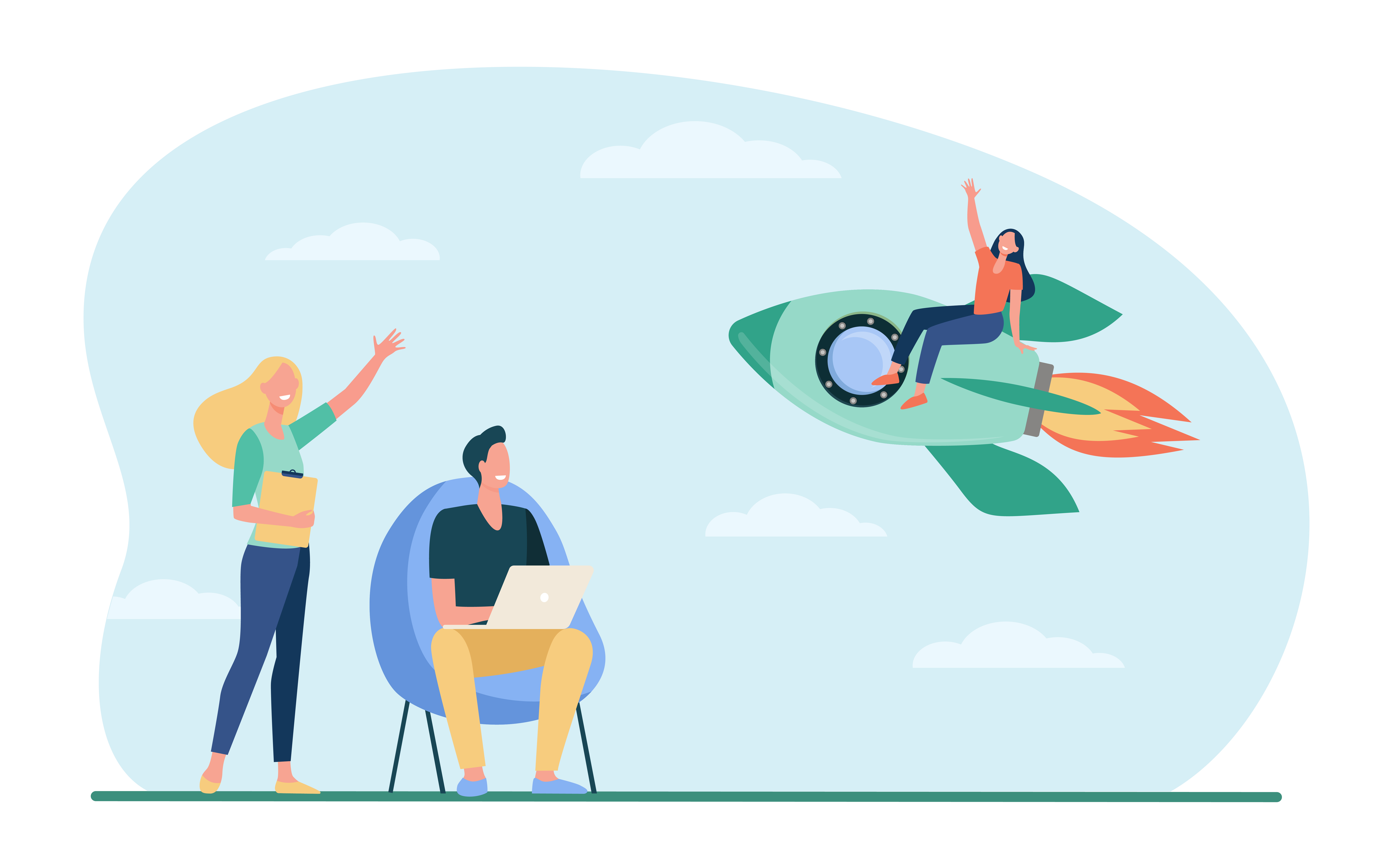
Discovery
We started off the project with diverging lenses, trying to branch out our understanding on the project as much as possible. This was done through first making guesses on who our project's stakeholders were, identifying doubts, and crafting good questions to ask in order to get the most relevant and detailed answers.
Day 1 - Assumptions, Asking Good Questions, Stakeholder MappingWe crafted questions with the individual stakeholders in mind, such that we could get an understanding on each stakeholder’s perspectives. After all, the aim design thinking is to create a user-centric solution.
As we met with our point of contact (POC), a member of staff at the Annexe Communities, for the first time, we were determined to understand the problem, challenges faced, and the perspectives of each stakeholder.
Although we were prepared with questions, we did not anticipate the breadth of the problems presented.
The POC gave an overview of most of the documentation-related problems they faced. The POC had first-hand understanding on the problems she shared, which meant that she was able to answer questions on the specifics of the problems. However, due to the breadth of the problems mentioned, we were unable to cover each problem in depth.
In hindsight, this situation may have been avoided if we began by briefing the POC to share only the most pressing problem they faced at the Annexe Communities.
However this might have been a blessing in disguise, as the broad issues raised enabled us to get a good sense of the motivations and pain points of the Annexe Communities and each stakeholder, which was something we may not have noticed, if the POC’s answers had been short and focused on only what the question asked for.
Empathy Map on Stakeholders
Key Takeaways:
1. Ask questions with stakeholders in mind.
Try to learn about each stakeholder's needs, pain points, constraints and motivations.
2. Going broad vs deep in an interview - they both have their benefits and limitations.
Choose according to the needs at the specific stage of the design process.
If a well-defined problem has not been established, going broad can be beneficial.
Key Takeaways:
Don't get lost in the details too early on, take a step back to see how the information fits together as a whole.
With such broad themes, we knew we had to define a reasonable scope, given the time constraint of three weeks.